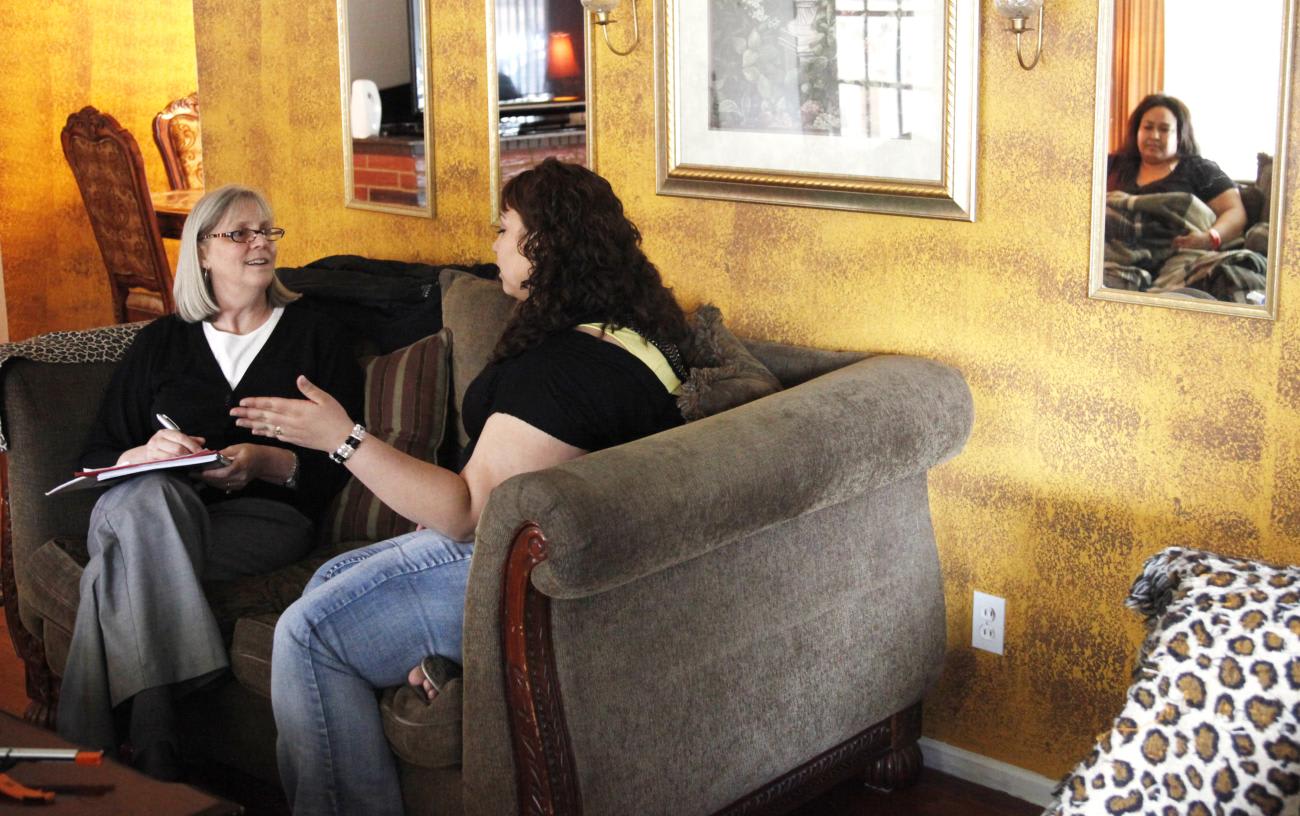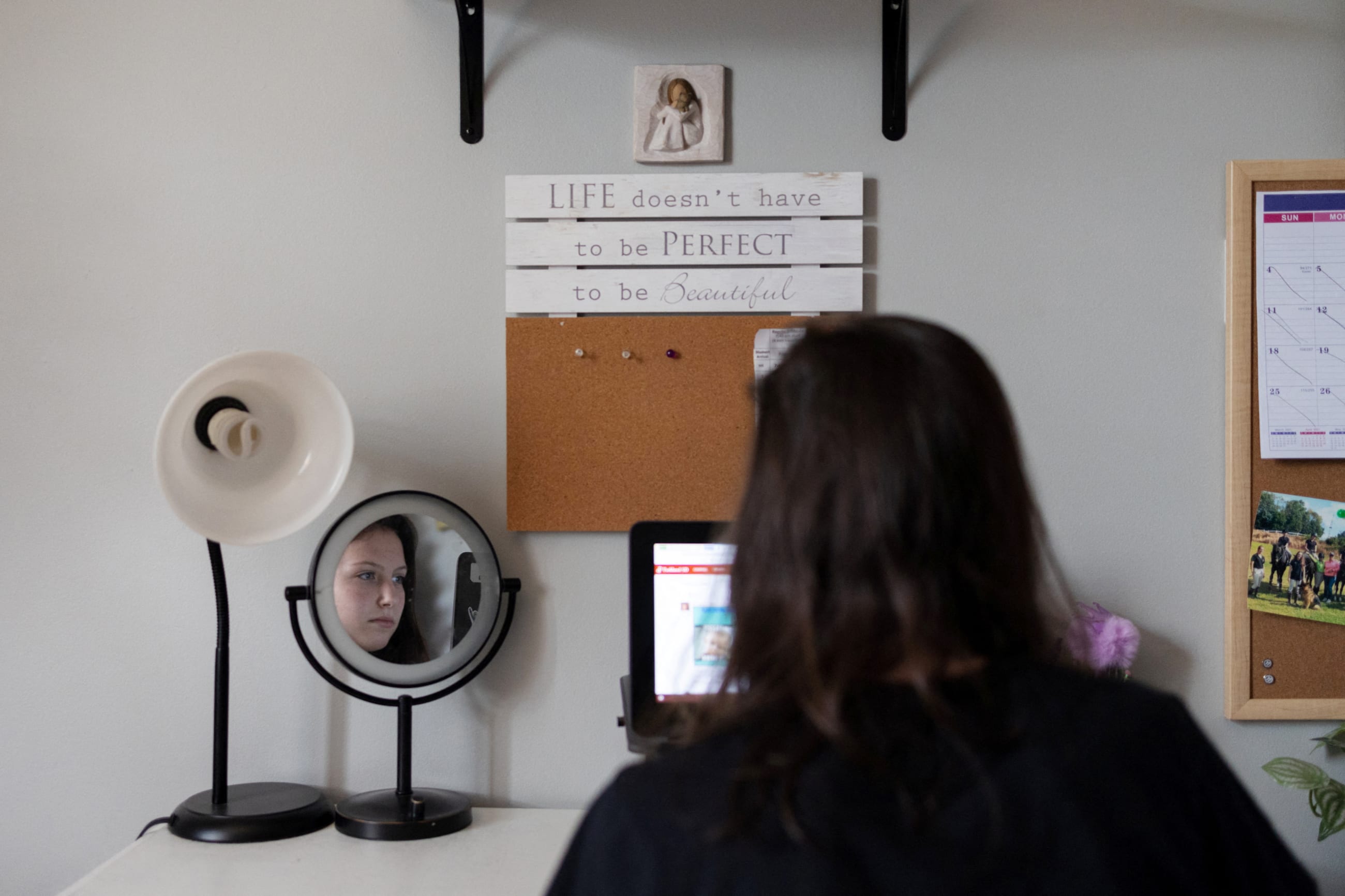After the pandemic began to ease in 2022, I decided to finally take care of my mental health. I spent months looking for a mental health provider close to my home in New York. When a decent option emerged earlier this year, they quoted $460 for the intake session and $160 per session thereafter because they were not in my insurance network. Frustrated, I gave up on my search.
This story is familiar to Generation Z (Gen Z), which has been living through "unprecedented times" on what feels like a yearly basis due to financial, political, and environmental crises.
These issues have caused a great rise in stress, and Gen Z has been found to be much more likely than their older cohorts to report feeling negative emotions such as anxiety. These extra stressors, alongside a growing societal awareness of mental illness, could be responsible for Gen Z's diminished mental health.
Yet experts say that the health-care system is not answering their calls for help. A series of roadblocks are preventing people from receiving quality mental health care. Increasing costs of services and a shortage of mental health professionals point toward a much larger problem surrounding how the United States addresses mental health.
Why Gen Z Is So Sad
Generation Z is categorized as those born between 1995 and 2012, placing them anywhere from 29 to 12 years old in 2024. As we've grown through childhood, school years, and—for some—entrance into the workforce, we've faced the rise of the "digital age," multiple economic crises, climate disasters, international conflict, a reckoning over racial injustice, and a global pandemic.
These extra stressors, alongside a growing societal awareness of mental illness, could be responsible for Gen Z's diminished mental health
A McKinsey Health Institute (MHI) survey in 2022, which involved more than 42,000 people in 26 countries, found that "Gen Z is struggling with their overall health and well-being," says Kana Enomoto, the director of brain health for the institute. Respondents reported poor mental health more than any other generation, and that they are struggling with their social and spiritual health. As a generation, Gen Z was also most likely to report having seen a mental health professional and been diagnosed with a mental health condition, Enomoto says.
In a study conducted by Gallup, "nearly half of Gen Z report often (30%) or always (17%) feeling anxious, and about 1 in 4 report they are often (15%) or always (7%) depressed." A large study published last year found that Gen Z reported four times more major depression and anxiety than Baby Boomers—a trend spotted by other U.S. surveys.
Gen Z Wants to Ask for Help
People who struggle with mental health issues such as depression and anxiety often seek psychotherapy treatment. Yet barriers to receiving quality mental health care are numerous, such as the cost of services and lack of professional help. Enomoto highlights that many respondents in MHI's survey said it was very "challenging or extremely challenging to access mental health services in their communities."
Cost continues to be an obstacle for many who want to access mental health care. According to the RAND Corporation, "spending on mental health services rose by 53% from March 2020 to August 2022 among a large group of people with employer-provided insurance." A survey conducted by Verywell Mind found that 62% of people needed to pay partially out-of-pocket for mental health care, and that a third canceled sessions because of the out-of-pocket costs. Others discontinued their sessions. According to the 2022 National Survey on Drug Use and Health, almost 60% of adults who reported that they had unmet mental health needs had cited that they thought treatment would be too costly.
According to the Health Resources and Services Administration (HRSA), many health providers and insurance companies cite "low reimbursement rates and administrative burdens . . . as the main reasons why mental health providers choose not to participate in insurance plans," which creates a scenario in which most patients are required to pay the full out-of-pocket cost at the time of service.

Among the difficulties of finding affordable mental health care is the growing shortage of mental health professionals. HRSA found that in 2023, half of Americans live in a mental health professional shortage area partially due to a maldistribution of the mental health workforce, which leaves areas with high needs without access to care. HRSA predicts that this shortage will worsen in the future, projecting a 13% decrease in the supply of mental health professionals by 2036. Those who live in rural areas are more likely to live in a shortage region than those in urban areas.
HRSA also found that a lack of diversity within the mental health professional field was a deterrent in accessing care. The mental health professional workforce is largely non-Hispanic white females, yet having a therapist with a shared identity—whether racial, ethnic, or gender—could "increase access to care and improve quality of care, especially among underserved populations."
What Do We Do?
In October 2020, former President Donald Trump signed both an executive order to "address the negative impact of prolonged shutdowns on mental and behavioral health and increase suicide prevention efforts" and created a cabinet-level working group to assess mental health needs.
Today, in the Joe Biden administration, mental health access is a major pillar of the Biden-Harris Unity Agenda, which has created funding opportunities through the Substance Abuse and Mental Health Services Administration (SAMHSA) that total $46.8 million as of May 8, 2024. This funding will be used to "promote youth mental health, grow the behavioral health workforce, improve access to culturally competent behavioral care across the country, and strengthen peer recovery and recovery support."
Although funding is valuable, it is important to understand what needs to be improved. Alex Briscoe, principal at the California Children's Trust, highlights the need for widespread systemic change, especially to confront the mental health crisis. He explains that the medical model used to diagnose and treat mental health is inadequate because the current system perpetuates inequities by creating a one-size-fits-all approach to accessing and receiving mental health care.
We can reimagine access criteria and start to address some of the underlying issues that prevent people from receiving access in the current system
Briscoe advocates for a multifaceted approach. One aspect is removing diagnosis as a prerequisite for care, meaning that those seeking a mental health professional would not have to go through the clinical process or receive a diagnosis before receiving treatment. Although this is still a viable form of seeking treatment, especially for those experiencing severe mental health issues, by removing it as a requirement for care, we can reimagine access criteria and start to address some of the underlying issues that prevent people from receiving access in the current system.
To tackle the shortage of mental health professionals, Briscoe recommends—based on his experience in California, which has worked toward creating community health workers, doulas, certified peers, and wellness coaches—democratizing delivery by expanding the provider class. He says mental health care providers should speak to their lived experiences.
"When I talk to young people, they want a relationship first," Briscoe says. "They want access to mental health supports in the normal flow of their life, but what most young people say is 'I want to talk to someone who looks like me and shares my experience as [a young person].'"
A community-based angle of creating relationships to give people help in a way that's accessible goes beyond the current system of diagnosis and a treatment plan of psychotherapy and medication, which might work for some but is not the only way to help those in need, especially for a younger generation.
Enomoto explains, "in addition to challenging ourselves to take a public health approach to this issue to ensure that everyone who can identify [a mental health] issue [is provided] adequate access to care, we [also] encourage health systems to help people on a path to recovery by supporting them not just through, but beyond."













